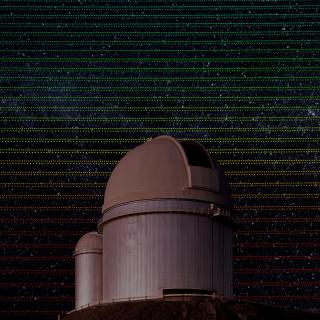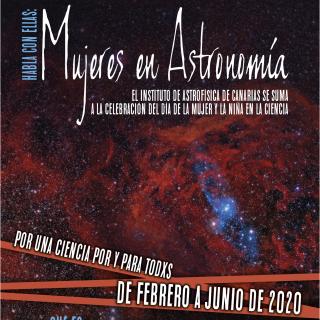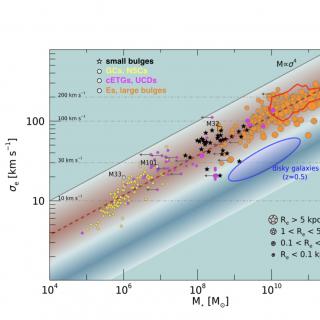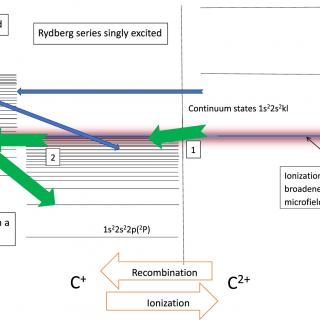
An international team of astronomers in the project SPECULOOS, dedicated to the search for habitable planets, with scientists participating from the Instituto de Astrofísica de Canarias (IAC) has discovered an eclipse (termed an occultation) in a peculiar brown dwarf formed by two stars orbiting around each other. The results are just published in the journal Nature Astronomy. The finding was by chance, when the scientists were working on the results from the first light of one of the four telescopes of the project, in Chile. Shortly after the building of the first SECULOOS telescopes, and
Advertised on


![Oxygen-to-iron abundance ratios [O/Fe] vs. metallicity [Fe/H] of the iron-poor star J0815+4729 (large star symbol) compared with literature measurements. 1D-LTE oxygen-to-iron abundance ratios [O/Fe] vs. metallicity [Fe/H] of the iron-poor star J0815+4729 (large star symbol) compared with literature measurements from the [O I] forbidden line (diamonds), the near-IR O I triplet (circles), and the near-UV OH lines (squares). The two triangles at [Fe/H] ∼ −3.6 correspond to the oxygen measurement from OH lines in the metal-poor binary stars CS 22876–032 AB (González Hernández et al. 2008).](/sites/default/files/styles/crop_square_2_2_to_320px/public/images/news/figuraoxygenJ0815_f.png?h=063d2993&itok=TRrz9Jk_)

